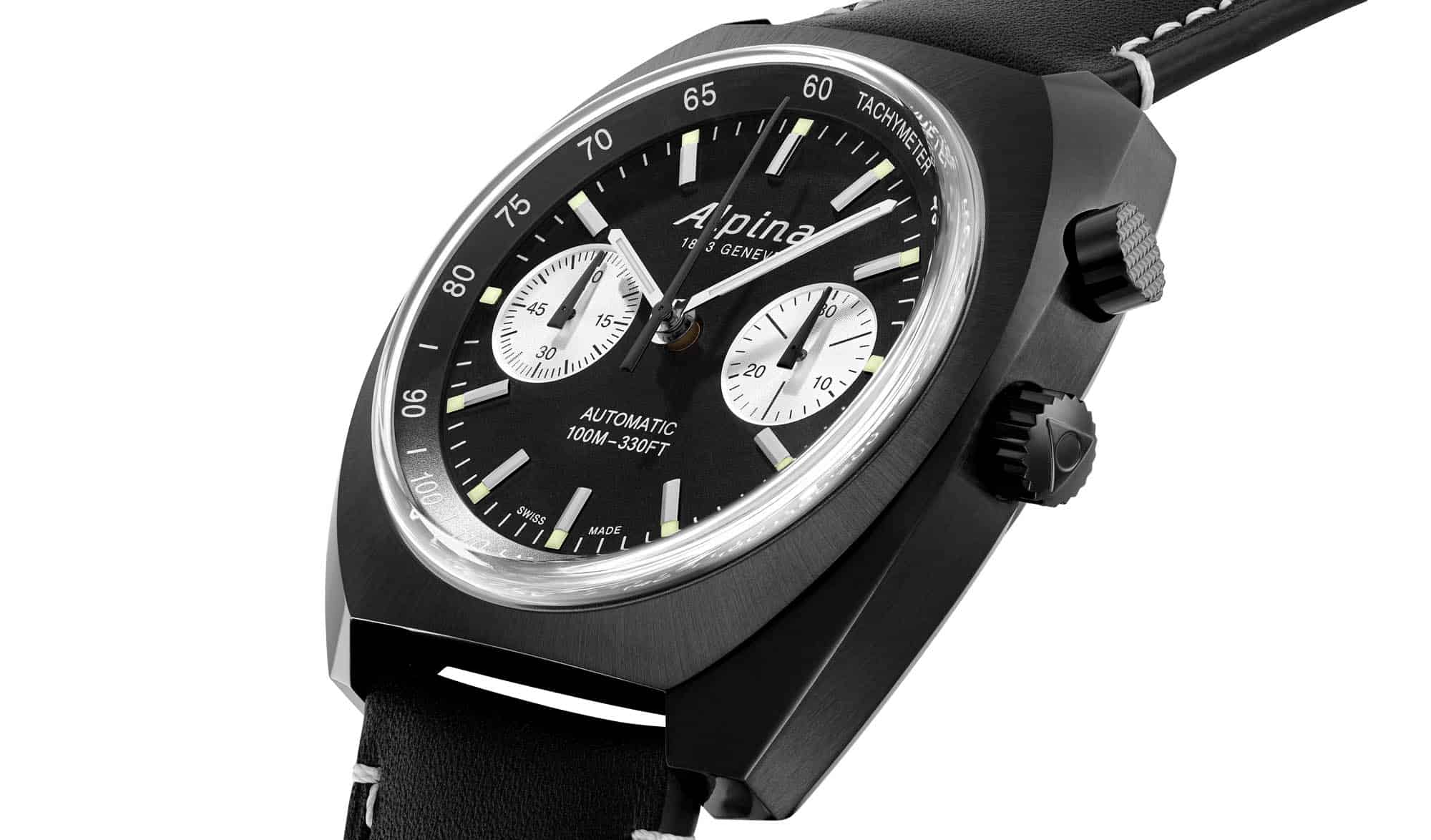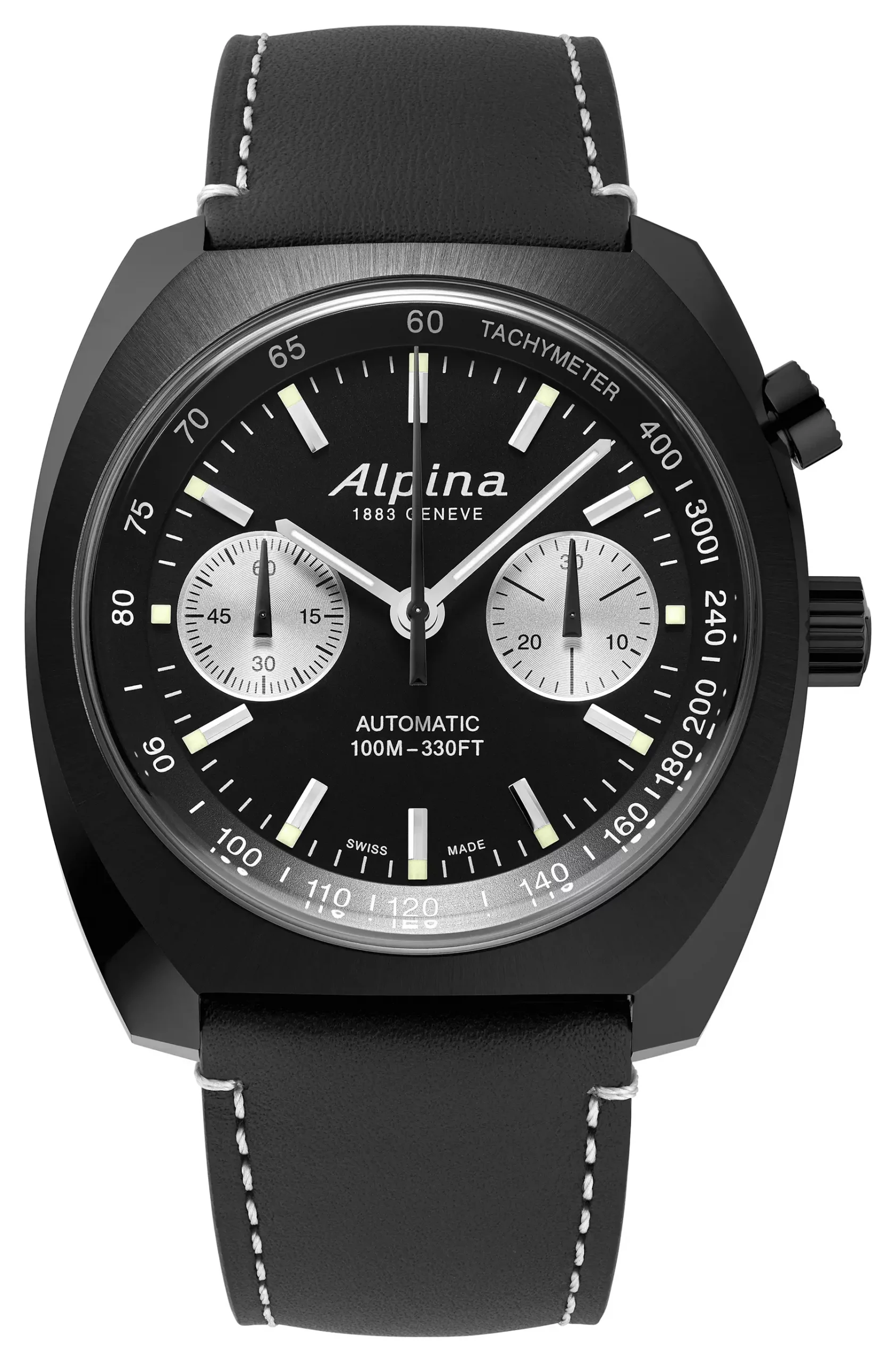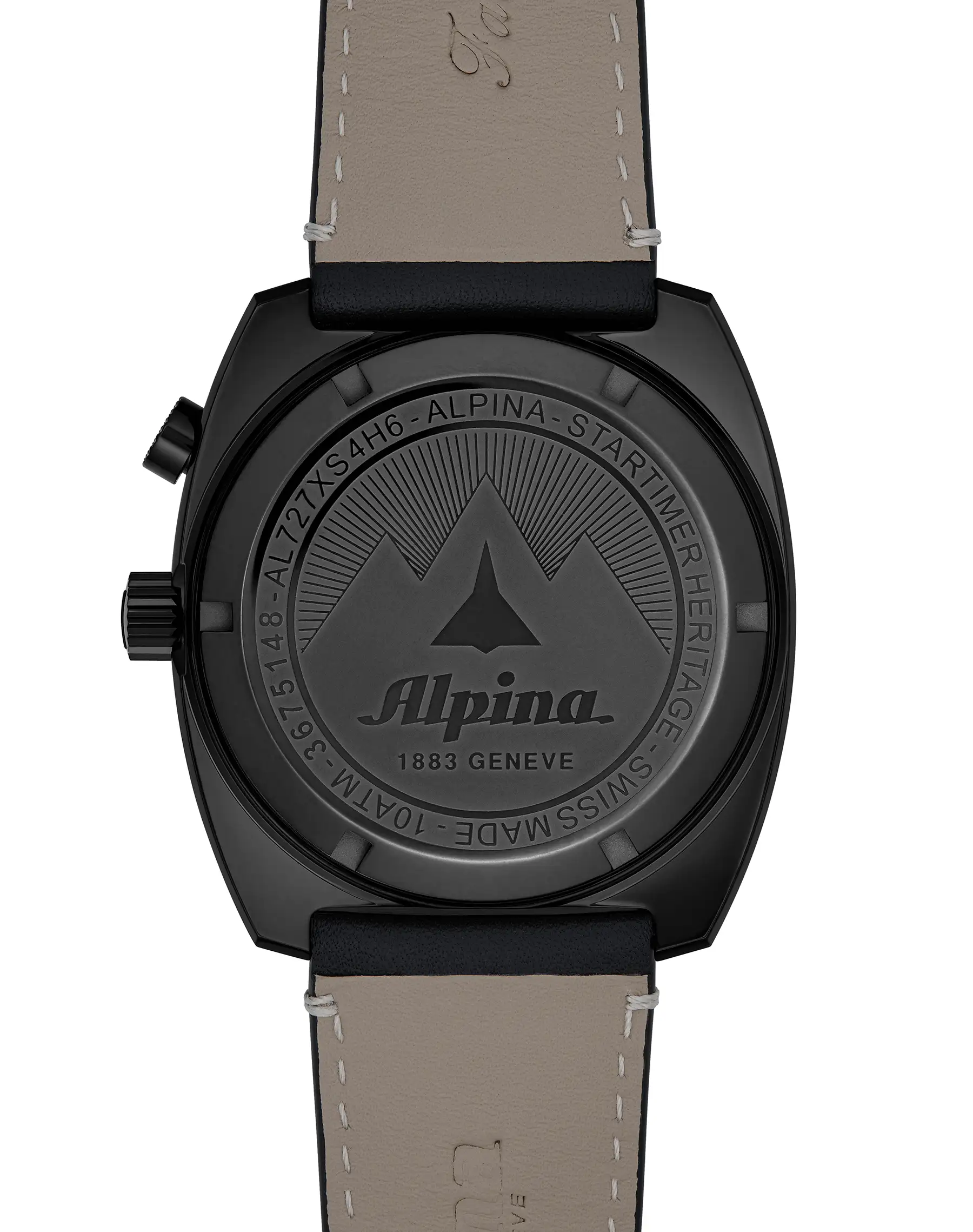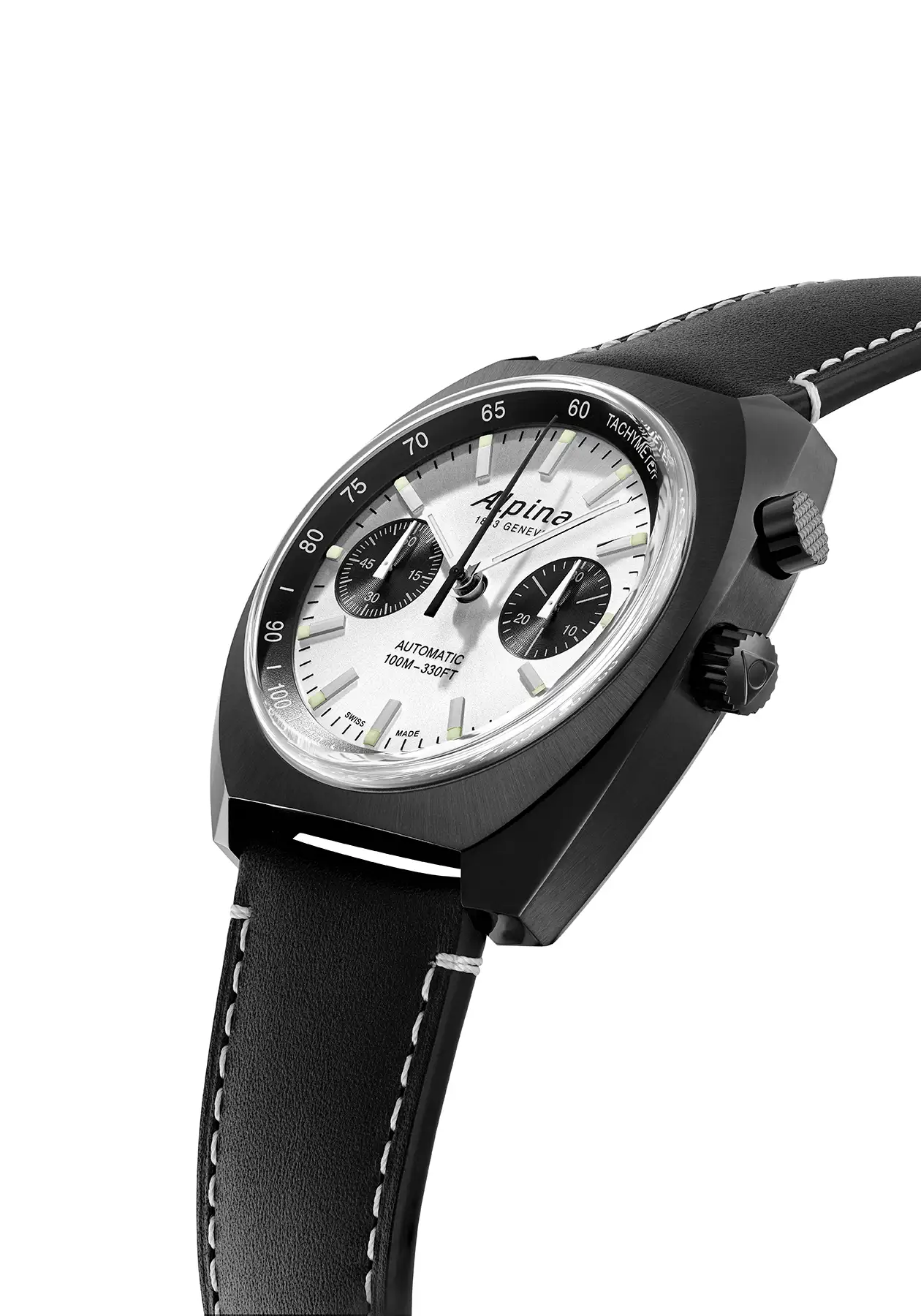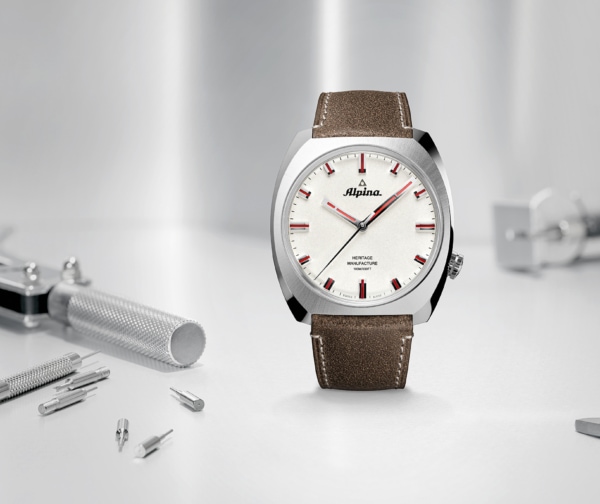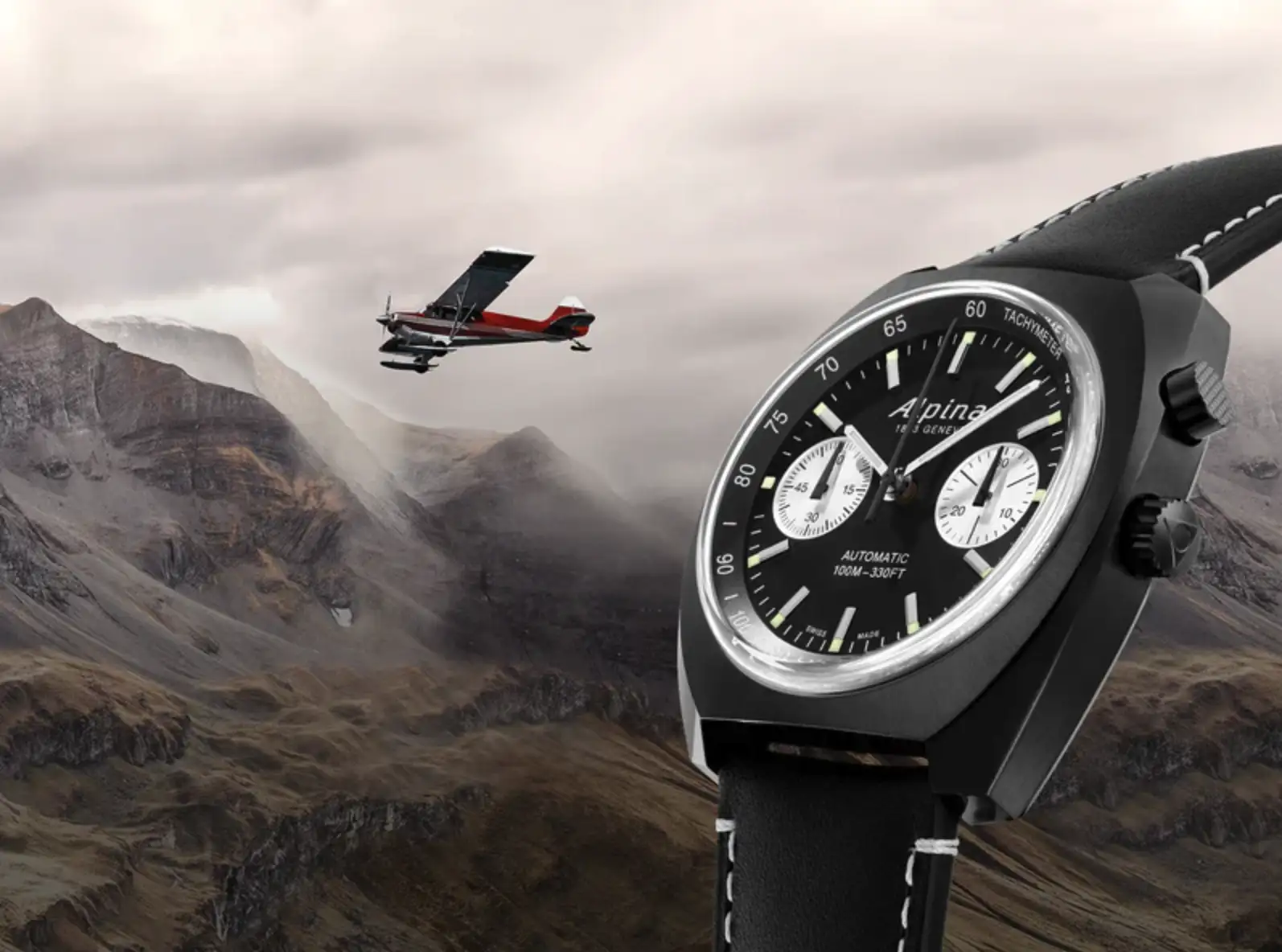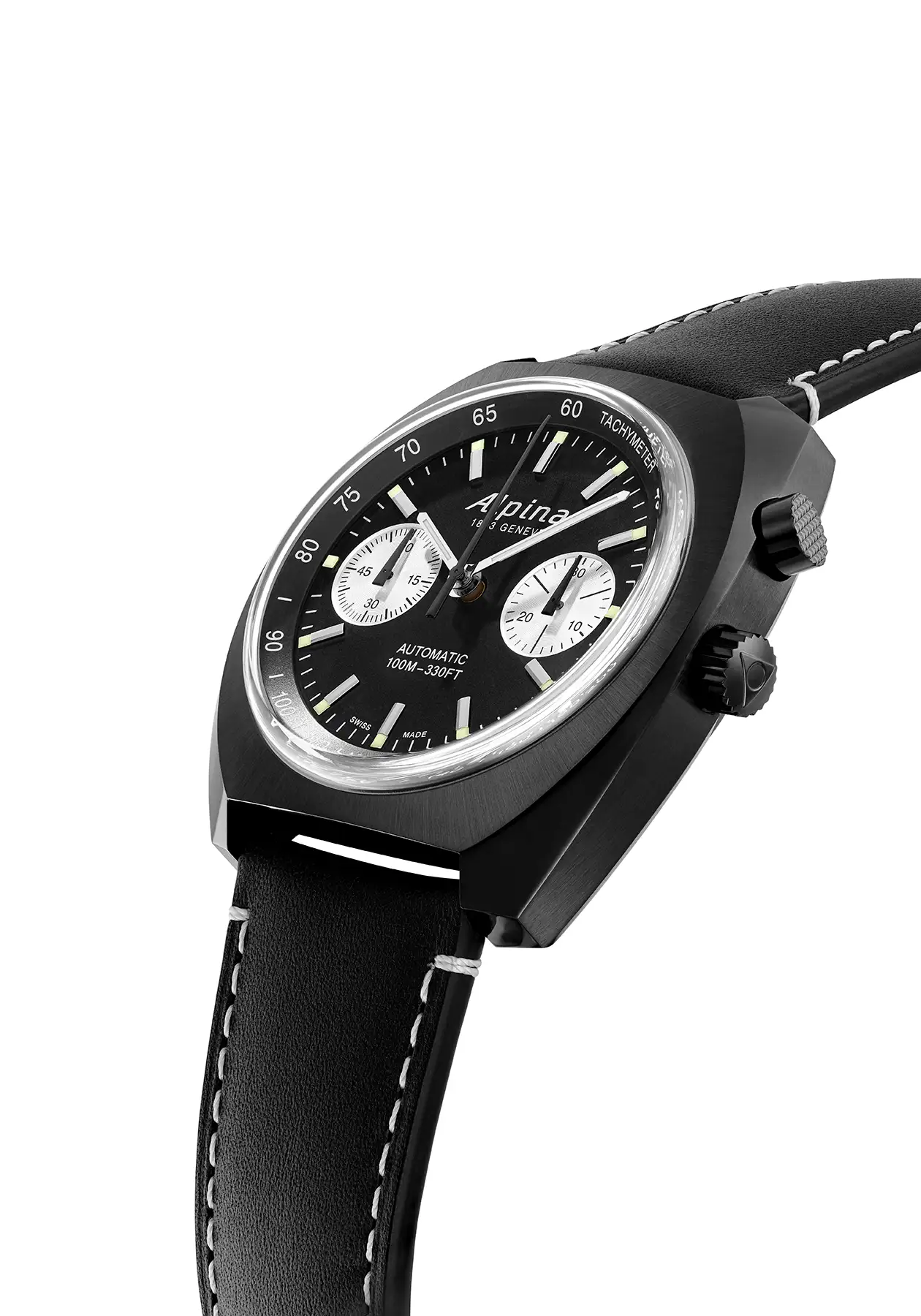Who doesn’t like the external simplicity and internal complication of a monopusher chronograph? OK, there’ll be a few curmudgeons who want a double quota of buttons to play with but for the rest of us, a mono is cool.
There’s history at play here too. It’s always tricky to say that so-and-so firm was first with a new complication (after all, remember when Louis Moinet came along and pre-dated Rieussec’s ‘first’ chronograph?), but Longines stake their claim to the first commercial wrist chronometer in 1913. That was a monopusher and intended to make it easier for doctors to time patients’ heartbeats. All Doc had to do was depress the single pusher, count thirty heartbeats, click it again and read their patient’s pulse from the red pulsometer scale on the dial edge.









 Featured Videos
Featured Videos




